The Rich Tapestry of India's History: A Journey Through Time
India: A Chronological Odyssey Through Civilization, Empire, and Independence

India, a land of vibrant colors, diverse cultures, and deep spirituality, boasts a history that is as intricate and fascinating as its present. From ancient civilizations and grand empires to colonial subjugation and the eventual triumph of independence, the story of India is a captivating saga of resilience, innovation, and transformation. This article delves into the significant epochs of Indian history, unraveling the layers of its past that have shaped the nation we know today.
The Dawn of Civilization: The Indus Valley
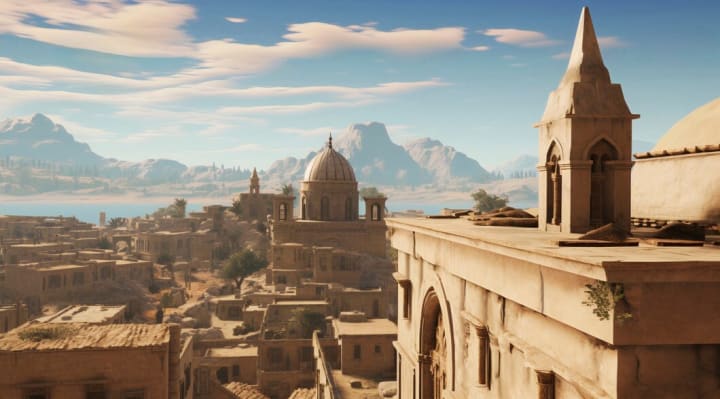
The history of India begins with one of the world’s earliest urban cultures, the Indus Valley Civilization, which flourished around 2500 BCE in what is now Pakistan and northwest India. The cities of Harappa and Mohenjo-Daro were marvels of urban planning, featuring advanced drainage systems, granaries, and well-constructed residential areas. The civilization was characterized by its impressive architecture, intricate beadwork, and undeciphered script, which suggest a society with significant trade, artistic expression, and possibly a form of proto-writing.
Despite its advanced nature, the decline of the Indus Valley Civilization around 1900 BCE remains a mystery. Theories suggest climate change, tectonic disturbances, or invasions could have led to its downfall. Nonetheless, the legacy of the Indus Valley laid foundational aspects of urbanism and culture in the Indian subcontinent.
Vedic Age and the Birth of Hinduism
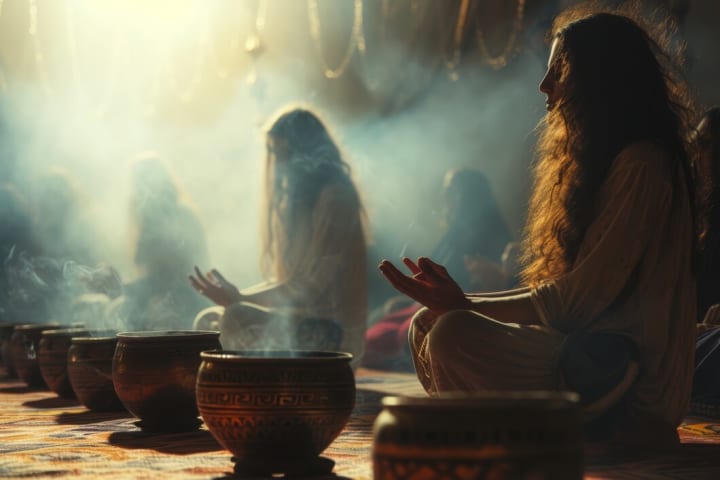
Following the decline of the Indus Valley Civilization, the Vedic Period (1500–500 BCE) marks the arrival of the Indo-Aryans, who migrated into the Indian subcontinent. The Vedic texts, composed during this era, form the core of Hindu philosophy, rituals, and mythology. These texts, particularly the Rigveda, provide a glimpse into the life and beliefs of the Aryans, emphasizing a pastoral lifestyle, complex rituals, and the worship of deities like Indra, Agni, and Varuna.
The Vedic Age also saw the development of the caste system, a social hierarchy that classified people based on their occupation and duty (dharma). This period laid the groundwork for Hinduism, which evolved through the synthesis of Vedic traditions and indigenous beliefs, creating a rich and diverse religious landscape.
The Rise of Empires: Maurya and Gupta Dynasties
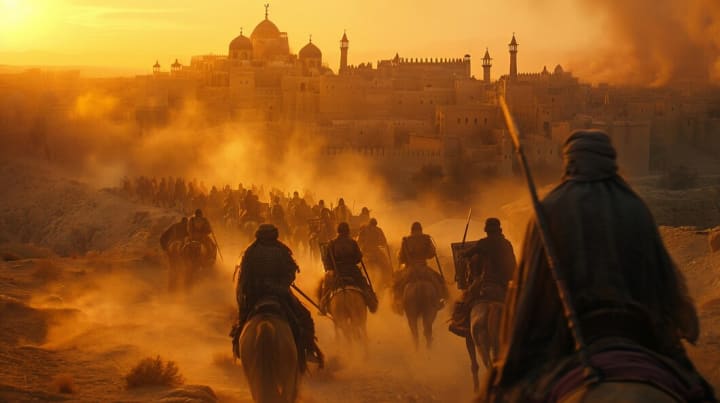
The political landscape of ancient India saw the rise and fall of numerous kingdoms and empires, among which the Maurya and Gupta dynasties stand out for their contributions to Indian civilization.
The Maurya Empire (322–185 BCE), founded by Chandragupta Maurya, was the first to unify most of the Indian subcontinent under a centralized administration. His grandson, Ashoka the Great, is renowned for his role in spreading Buddhism after the bloody Kalinga War. Ashoka's edicts, inscribed on pillars and rocks across his empire, promoted moral governance, non-violence, and religious tolerance.
Centuries later, the Gupta Empire (c. 320–550 CE) ushered in a period known as the Golden Age of India. Under rulers like Chandragupta I and Samudragupta, the Gupta era witnessed unprecedented achievements in arts, science, mathematics, and literature. The concept of zero, the decimal system, and significant advancements in astronomy and medicine were notable contributions of this period. Kalidasa, one of India's greatest poets and playwrights, also flourished during the Gupta dynasty.
Medieval India: Dynasties and Cultural Synthesis
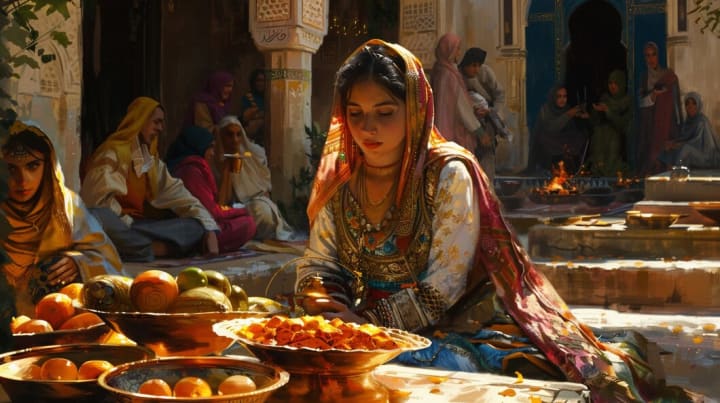
The medieval period in Indian history was marked by the arrival of Islamic rule and the establishment of several significant dynasties, leading to a remarkable blend of cultures.
The Delhi Sultanate (1206–1526) and the subsequent Mughal Empire (1526–1857) played pivotal roles in shaping medieval India. The Mughals, particularly emperors like Akbar, Jahangir, and Shah Jahan, left an indelible mark on Indian architecture, art, and culture. The Taj Mahal, a symbol of eternal love, stands as a testament to the architectural brilliance of this era.
During Akbar’s reign, a policy of religious tolerance and cultural synthesis fostered an environment where arts, literature, and trade flourished. The Mughal court became a melting pot of Persian, Indian, and Central Asian influences, contributing to a unique Indo-Islamic culture.
Colonial India: The British Raj
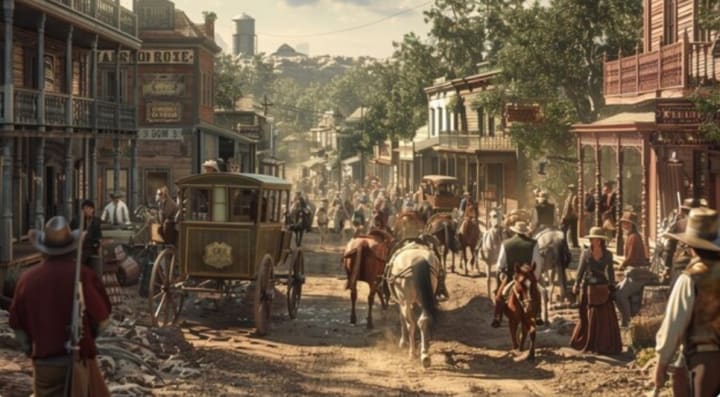
The arrival of European traders in the late 15th century marked the beginning of a new chapter in Indian history. The British East India Company, initially involved in trade, gradually expanded its influence through diplomacy, warfare, and annexation, culminating in the establishment of British colonial rule by the mid-19th century.
The British Raj (1858–1947) was a period of profound economic, social, and political transformation. Infrastructure developments, such as the introduction of the railway network, telegraph, and modern education systems, were juxtaposed with exploitative economic policies that drained India's wealth and resources.
The struggle for independence saw the rise of prominent leaders and movements. Figures like Mahatma Gandhi, Jawaharlal Nehru, and Subhas Chandra Bose galvanized the masses through non-violent resistance, civil disobedience, and revolutionary activities. The Indian National Congress and other freedom fighters' relentless efforts culminated in India gaining independence on August 15, 1947.
Independent India: Challenges and Progress
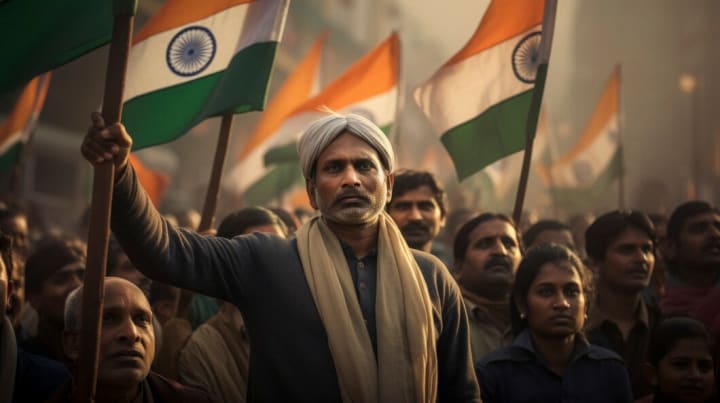
Post-independence, India embarked on a journey to rebuild and redefine itself as a sovereign, democratic republic. The adoption of the Constitution in 1950 laid the foundation for a secular and inclusive nation. The vision of leaders like Nehru, who emphasized scientific temper, industrialization, and social reforms, set India on a path of modernization.
The subsequent decades were marked by significant challenges, including economic hardships, regional conflicts, and social inequalities. However, India also achieved remarkable progress, particularly in the fields of science and technology, space exploration, and information technology. The Green Revolution of the 1960s transformed India from a food-deficient nation to one of self-sufficiency in food grains.
Contemporary India: A Global Player
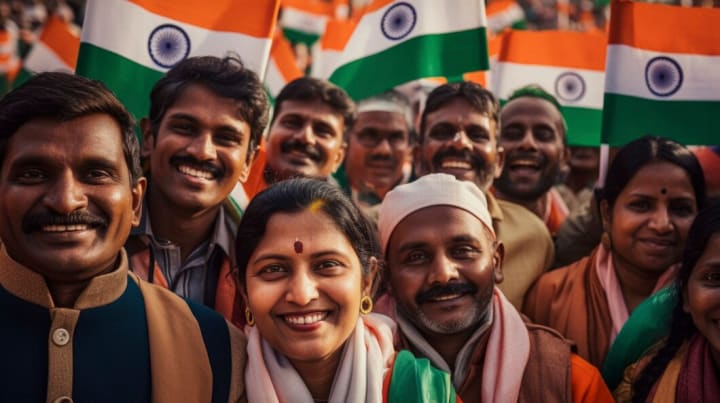
In recent years, India has emerged as a major global player, with a robust economy and a significant geopolitical influence. The liberalization policies of the 1990s, spearheaded by leaders like P.V. Narasimha Rao and Manmohan Singh, opened up the Indian economy to global markets, spurring rapid economic growth.
India’s vibrant democracy, despite its challenges, has remained resilient. The nation continues to grapple with issues such as poverty, corruption, and social disparities, yet it also celebrates its diversity and democratic values. India's space endeavors, including the Mars Orbiter Mission (Mangalyaan) and the Chandrayaan missions to the Moon, have positioned it as a prominent player in space exploration.
Culturally, India remains a powerhouse of creativity, influencing global art, cinema, music, and literature. Bollywood, India’s film industry, captivates audiences worldwide, while Indian cuisine, yoga, and traditional practices enjoy global popularity.
Final Words
The history of India is a rich tapestry woven with the threads of countless dynasties, cultures, and traditions. From the ancient Indus Valley Civilization to the modern Republic of India, each epoch has left an indelible mark on the subcontinent's landscape and identity. As India continues to evolve, it carries forward the legacy of its past, embracing the challenges and opportunities of the future with the same resilience and spirit that has defined its history.
India's journey is far from over. As the nation navigates the complexities of the 21st century, it remains a land of endless possibilities, where the past and present coexist in a dynamic interplay, shaping the destiny of over a billion people. The story of India is, and will continue to be, a testament to the enduring human spirit and the timeless quest for progress and harmony.
About the Creator
Enjoyed the story? Support the Creator.
Subscribe for free to receive all their stories in your feed. You could also pledge your support or give them a one-off tip, letting them know you appreciate their work.






Comments
There are no comments for this story
Be the first to respond and start the conversation.